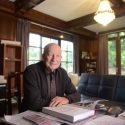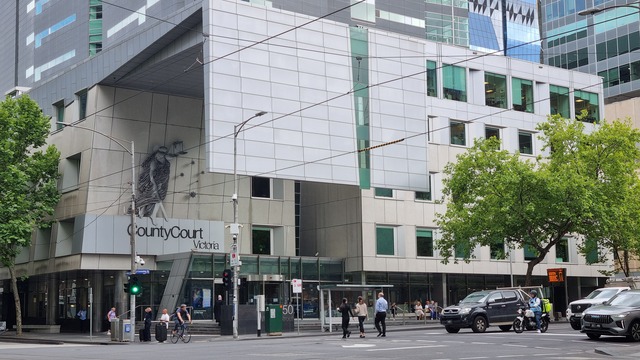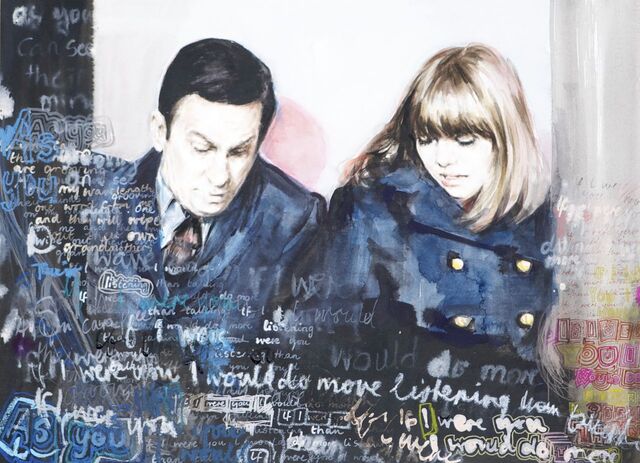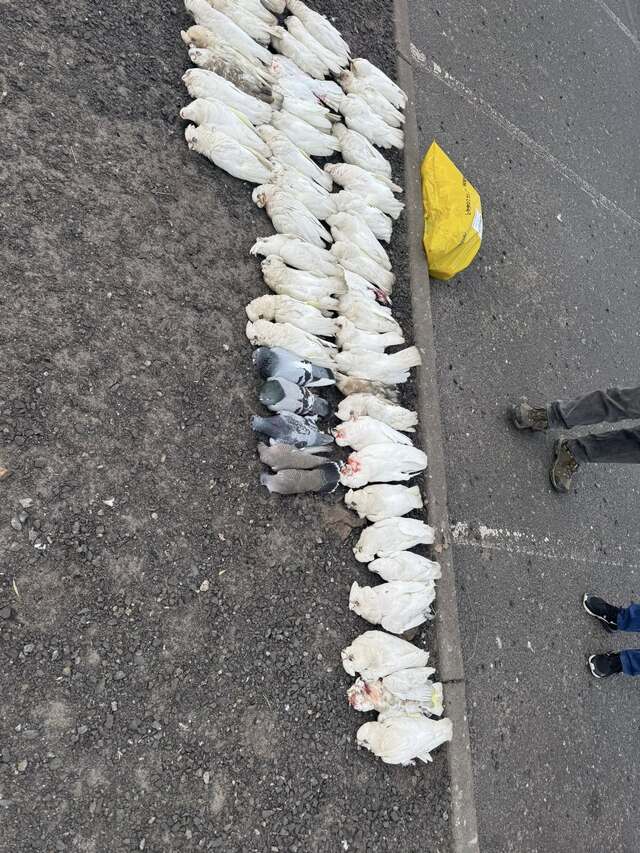The late Jack Johnson was the author of When The Clock Strikes, a fascinating account of growing up in Dandenong, his years tending to the city’s pipes and drains as a plumber and bringing up a family with wife Frances in their beloved home in Macpherson Street.
In 1959, when the current St Mary’s Catholic Church in Dandenong was built on the site of the tennis courts, the old church became a hall.
When the credit union was formed, its first office would be built on the grass patch behind the old altar wall.
With the old church becoming a public hall, toilets had to be built alongside the sacristy wall.
There were a group of young people who ran Saturday night dances and entertainment in the hall.
I think they called themselves the 5-4 Club.
I remember one night when I was helping a mate as a door attendant and crowd-controller; they had the Bee Gees there and packed almost a thousand teenagers into the old church.
The third and current Catholic Church of Dandenong, with its large steel cross standing not far from where we had trouble with the strange turnstile gate, was entered from Foster Street via a semi-circular driveway.
You walked up six marble steps to a forecourt with brick planter boxes each side.
Some years later when the widening of Foster Street was proposed the church underwent major alterations.
The entrance was moved to the original altar position at the Benga end of the church and a new altar was constructed on the McCrae Street side.
There is now a car park and entrance from Langhorne Street on the site of the old presbytery where the old stables and man’s hut stood.
A new brick fence with wrought iron gates now stands where the old wooden gates and fence in McCrae Street were.
Many times did we come through these gates on our way to the church or the back door of the presbytery.
We stood inside the gates near the stables and loft and counted the presbytery’s even ornate chimneys.
On the other side of the yard opposite the stables and loft were three sheds made of split palings.
These sheds served the tennis courts before the new pavilion was built.
It was in the area of these sheds that the two Hicks sisters, who went to St Mary’s School with us, left their horses, when they rode to school from a farm out near McPhee’s Road on Stud Road.
Many times we walked from the gates between the corner of the tennis courts and the high wooden fence around the un-sewered brick toilets, all screened by a high cypress hedge.
We followed the gravel path down through a grassed area which was enclosed on one side by the hedge of the tennis courts and on the other by a fence that ran along the top of Father Little’s rose garden.
It had been extended with a trellis frame and when the roses bloomed it was a wall of beautifully perfumed deep pink Lorraine Lee roses.
In combination with the blooms of the rose garden the area was a patchwork of colours of almost every variety of rose of that time.
Today, facing Foster Street, on the land where our childhood church stood, is the modern St Mary’s parish centre and residence.







